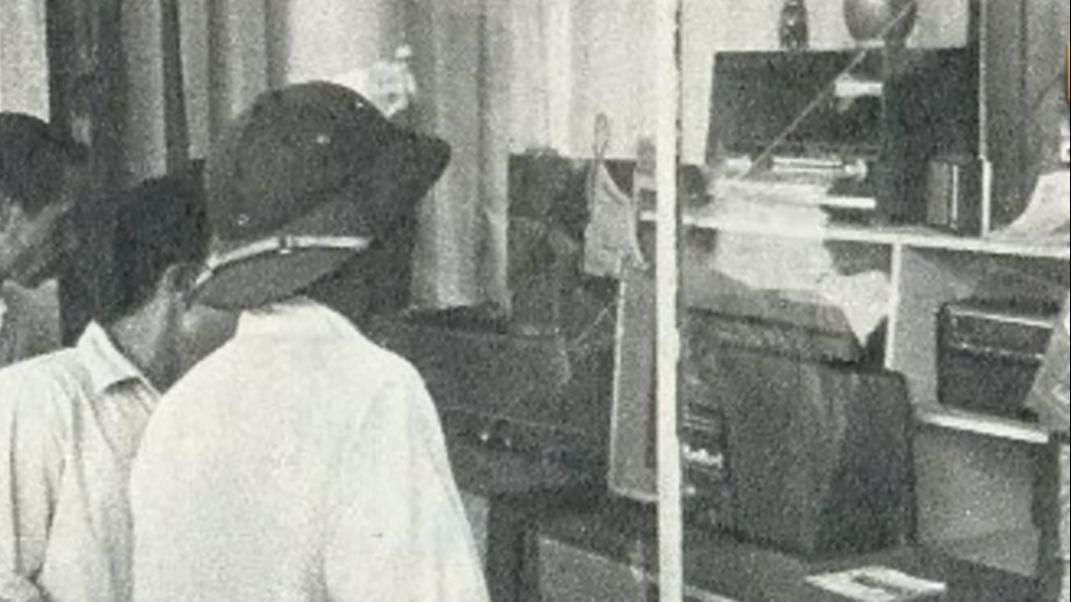The subsidy period in Vietnam is a phase that, when looking back, one might use the term nostalgic, but perhaps living in that time was very difficult. I myself did not live during the subsidy period, but hearing information about it, reading stories from that time, and seeing the numbers from that period makes it clear that it was a very challenging time. The subsidy period is the term used to refer to a phase when most living expenses and the economy were covered by the state, occurring under a planned economy. This was a characteristic of the economies of Soviet bloc countries during that time.
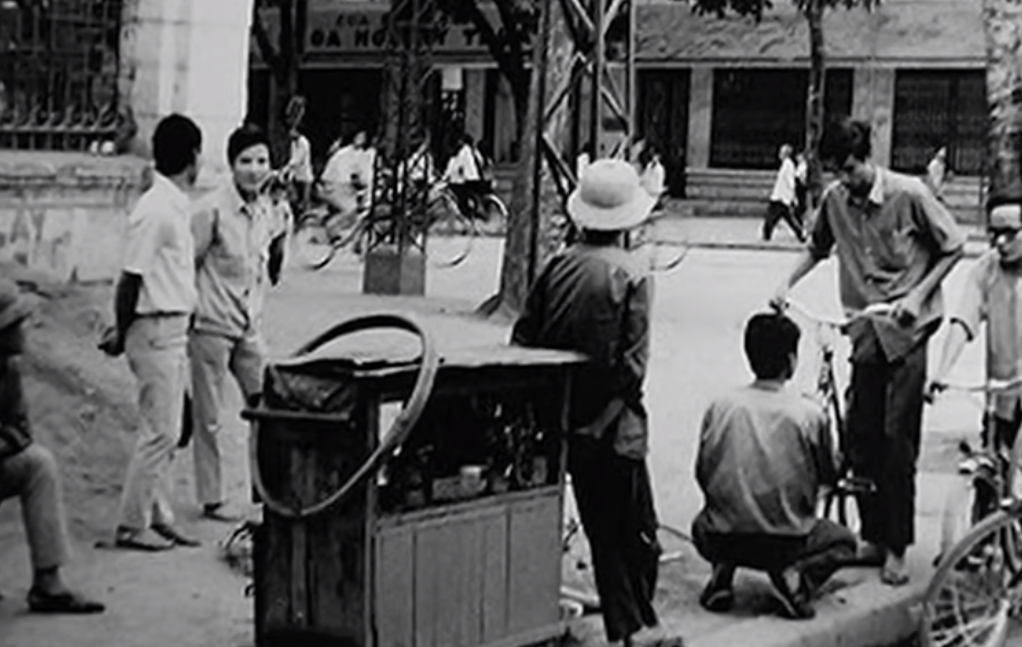
Accordingly, private economy was abolished and gave way to the collective economy and state economy. Although this form had existed in the North before, the subsidy period is generally used to refer to the period from the time the country was unified until the end of 1986, that is, the period before the renovation. In the historical context at that time, before 1975, the economy of the Republic of Vietnam received about 1 billion US dollars in aid from the US each year, while the North also received about 200 million US dollars in aid from socialist countries.
Not long after the reunification, the US imposed a blockade, especially in the South, where factories that had used American and Western machinery had no spare parts to continue operating, and the scale of aid from socialist countries also quickly decreased. The Soviet Union and Eastern Europe continued to help for a few more years, but due to the devaluation of their currencies, the amount of raw materials and goods sent to Vietnam was only half of what it had been before, and the Soviet Union and Eastern Europe also faced difficulties, all of which had a strong impact on our economy.
In that planned economy, most private commerce was eliminated, and goods were distributed according to ration cards controlled by the state, which limited people's ability to buy and sell freely in the market or transport goods from one locality to another. The state also monopolized the distribution of most types of goods, restricted cash transactions, and established a household registration system to distribute food according to the number of people, the most typical being the rice book.
During the war, this policy had the positive effect of evenly distributing essential goods to all citizens, helping soldiers feel secure going to battle without worrying about the livelihoods of their wives and children at home, as well as preventing speculation and quickly mobilizing resources for national defense. However, in peacetime, many things changed.
Forms of Subsidy
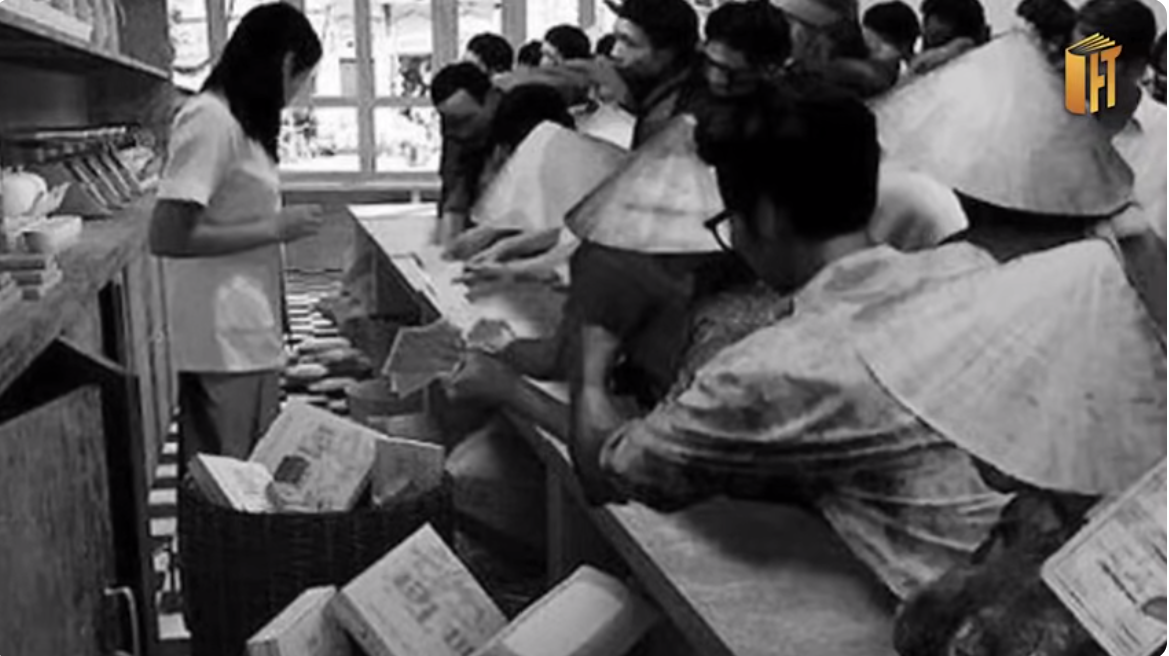
Forms of subsidy include subsidies through the price and quantity of goods. Here, the state will decide the value of assets, equipment, and goods, but usually at a much lower price than their actual market value. Therefore, economic accounting was merely a formality; heavy laborers were allocated about 20 kg of rice per month, while civil servants only received 13 kg of rice per month. Due to the limited rice supply, they often had to supplement their meals with corn, sweet potatoes, cassava, and millet. In general, this was a very difficult period with significant nutritional deficiencies. "Sad as losing the rice book" is a famous saying even to this day, because during the subsidy period, the household registration system was established to distribute food according to the number of people.
The most typical was the mandatory rice book, which determined the amount of goods that a family was allowed to purchase. Therefore, the rice book became very important; losing it was a disaster for the entire family. While waiting for a new book, there was nothing to eat, so when people saw someone looking sad or dazed, they would humorously compare it to being as sad as losing the rice book or dazed like someone who lost their rice book. During this period, even if one had money, goods were very scarce, and even with ration cards, buyers had to queue to purchase, but by the time it was their turn, there was no guarantee that there would still be goods left, so they often returned empty-handed. Hence, the term "placing bricks" originated from this situation; goods were often of poor quality and in limited quantity, only lasting a short time, and by the end of the month, they would be depleted, forcing people to buy from the black market.
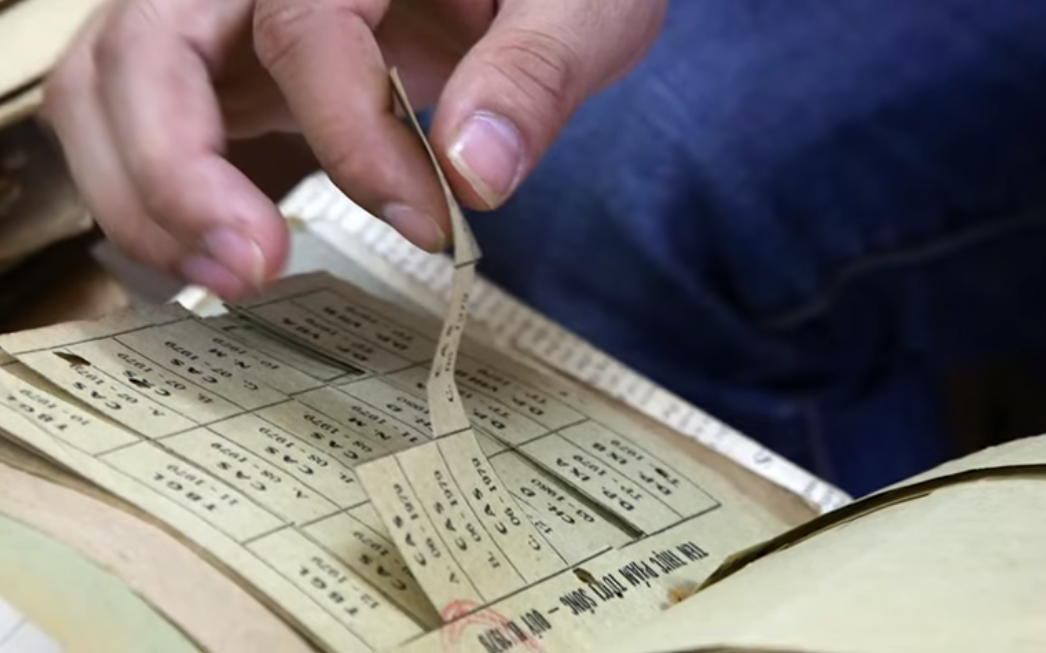
Foreigners in Vietnam had the right to purchase certain items at separate state-owned shops, such as intershops in Hanoi that provided special items like canned goods or wine. During this difficult time, people often had to supplement their meals, with the additional food sources mainly coming from the Soviet Union, India, and some other countries that had provided aid. For example, Vietnam once borrowed 300,000 tons of wheat from India. However, due to Vietnam's milling capacity being unable to process the flour in time, they had to negotiate with India to mill it for them, receiving 70% of the flour. The remaining portion was considered depreciation and payment for their services.
Speaking of food and rice, after 1975, it was estimated that Vietnam's urban population of 4 million needed over 500,000 tons of rice each year, but this amount could not be ensured as the state could only mobilize over 1 million tons annually nationwide. Meanwhile, that rice had to feed a large standing army and be distributed to the urban population. Therefore, the state could only provide the urban population with a minimal amount of rice and food sufficient for them to maintain their lives, leading to the paradox that urban residents had lower rations than rural residents, while in most countries, urban residents typically have a higher standard of living than those in rural areas.
Vietnam fell into a situation of food shortages, having to import and receive aid from other countries. Besides rice and consumer products, during the subsidy period, the state also controlled the distribution of housing, with a standard of 4 square meters per person. Collective housing similar to that in the Soviet Union was built in cities and allocated to mid-level officials and workers, but often poorly managed, leading to public land being encroached upon, making it hard to distinguish between common and private property.
Houses in disrepair were managed by the housing authority for repairs, while in collective housing, people often increased their income by raising livestock, especially pigs. This made living conditions even more cramped and unsanitary, which was also an aspect of the subsidy period in the city. Housing prices in the city were relatively low, but workers and civil servants still could not afford to buy due to low incomes.
Subsidy through Ration Cards
The state regulated the distribution of consumer goods for officials and workers according to quotas through ration cards. Initially, ration cards were used for food, and later for all essential items. Ration cards specified the type and quantity of goods that people were allowed to purchase, based on certain criteria such as rank and seniority, with preferential allowances for some purchases that others could not make. For example, for pork, people were usually allowed to buy 1.5 kg of pork per month, while senior officials could buy 6 kg per month. Batteries, fabrics, bicycle parts, sugar, milk, fuel, fish sauce, fat, and salt all had ration cards, and depending on the specific job position, state officials and workers received different ration cards with varying allowances.
Regarding life, the culture was such that people had little exposure to Western culture; literature, films, and music were tightly controlled, considered close to the masses and of artistic value. The literature circulated was mainly classical literature, particularly Russian literature, while negative and cheap literary movements were not allowed. Permitted music included Western classical music such as symphonies, operas, folk music, revolutionary music, pre-war music, and youth music, while most music from capitalist countries was banned. By the end of the subsidy period, light music was also permitted, and films were primarily feature films with no television series, mainly shown in theaters but only during certain screenings.
By the end of the subsidy period, commercial films were accepted to a certain extent, and foreign films shown were mainly from the Soviet Union. Clothing during this period was also not a matter of personal choice. In terms of education, the educational achievements during this period included the development of a mass education system down to the commune level, with each commune having a primary or secondary school, focusing on cultural education and literacy for school-age children. Each district and town had cultural education schools for local officials.
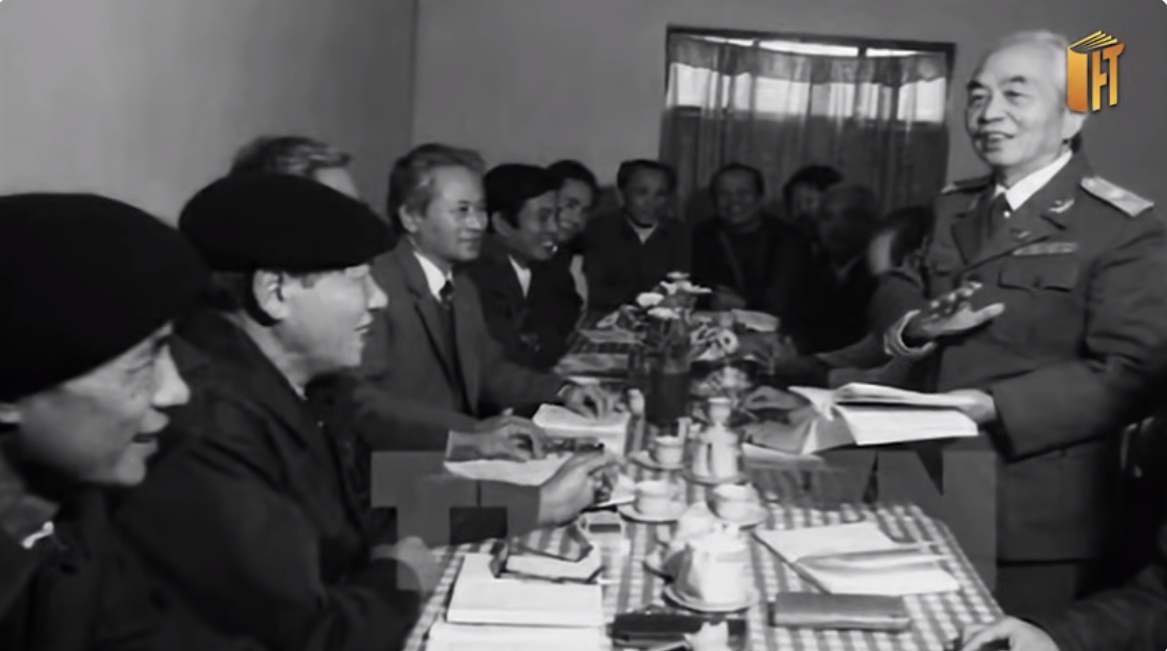
However, alongside the strong growth in quantity, the quality of education declined due to a lack of classrooms, a shortage of well-trained teachers, low teacher salaries, lax examination standards, and the rise of grade inflation. In terms of healthcare, during the subsidy period, people went to see doctors or buy medicine and then brought the receipts back to their agencies or hospitals for reimbursement without any cost, but the treatment conditions were also lacking. Although there was a subsidy, the state faced budget shortages, and production did not develop, leading to many difficulties in hospitals, with most medicines and medical equipment being provided as aid.
Perhaps when talking about the subsidy period, many people feel nostalgic, but no one wants to live through that time again. Since 1986, Vietnam has implemented a comprehensive renovation of the country.
